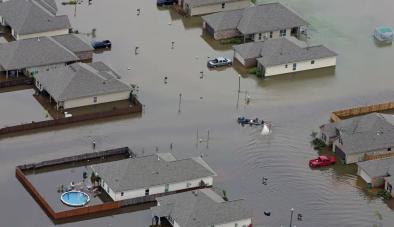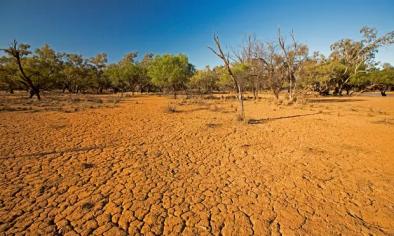Science Source
Historical change of El Niño properties sheds light on future changes of extreme El Niño
The main point [of the study] is that El Niño’s onset processes has been changed since the 1970s...One difference between the western Pacific El Niños and eastern Pacific events is that the western-based events can begin to affect global weather patterns during the summer in the Northern Hemisphere, rather than reserving the most significant impacts for the winter months. This can lead to long-lasting drought and heat waves in the Western United States, for example.
Bin Wang, lead author and atmospheric scientist at the University of Hawaii
- Shows analysis of how changing El Niño properties, due to 20th century climate change, can shed light on changes to the intensity of El Niño in the future
- Looks at 33 El Niño events from 1901 to 2017
- Finds that since the 1970s, El Niño has changed its origination from the eastern Pacific to the western Pacific, along with increased strong El Niño events due to a background warming in the western Pacific warm pool
- This suggests the controlling factors that may lead to increased extreme El Niño events in the future
- Concludes that if the observed background changes continue under future anthropogenic forcing, more frequent extreme El Niño events will induce profound socioeconomic consequences
Related Content
Headline

May 22, 2023 | Climate Nexus Hot News
Climate Change Is Making El Niños and La Niñas Worse, Costing Trillions
Headline

May 4, 2023 | The Guardian
UN warns heat records could be broken as chance of El Niño rises
Science Source
Colder Eastern Equatorial Pacific and Stronger Walker Circulation in the Early 21st Century: Separating the Forced Response to Global Warming From Natural Variability
Ulla K. Heede, Alexey V. Fedorov
Science Source
| Nature Communications
Greenhouse warming and internal variability increase extreme and central Pacific El Niño frequency since 1980
Ruyu Gan, Qi Liu, Gang Huang et al


